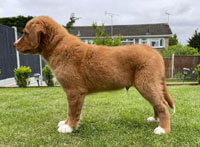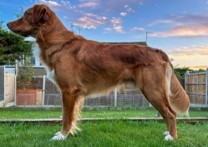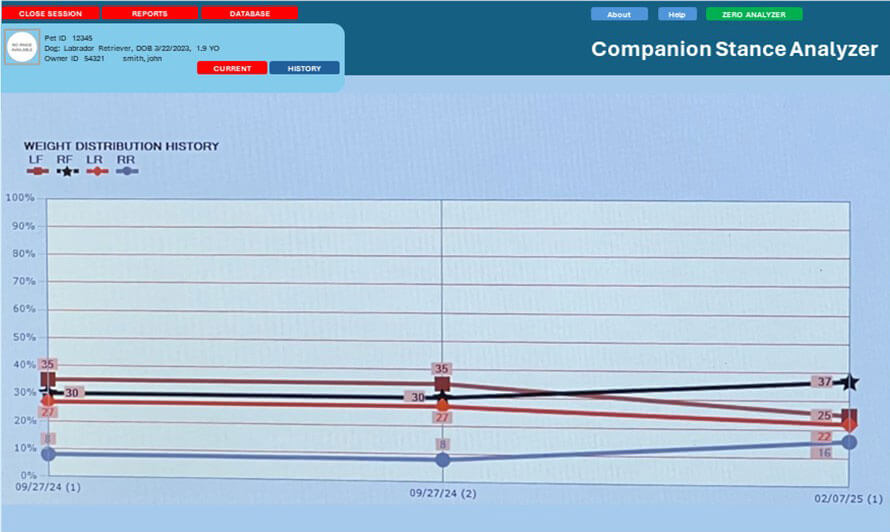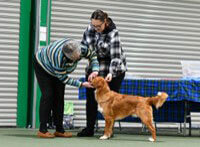Stance Analysis
Chordata Canine Rehabilitation
A show ring winning stance is now achievable through our advanced technology which can detect and assess the most subtle lameness. Using our Stance Analyzer, our Crufts’ winners, along with their owners, are able to see progressive posture improvements which keeps them in the spotlight for longer.
Chordata Canine Rehabilitation Stance Analysis | 01268 752 123









